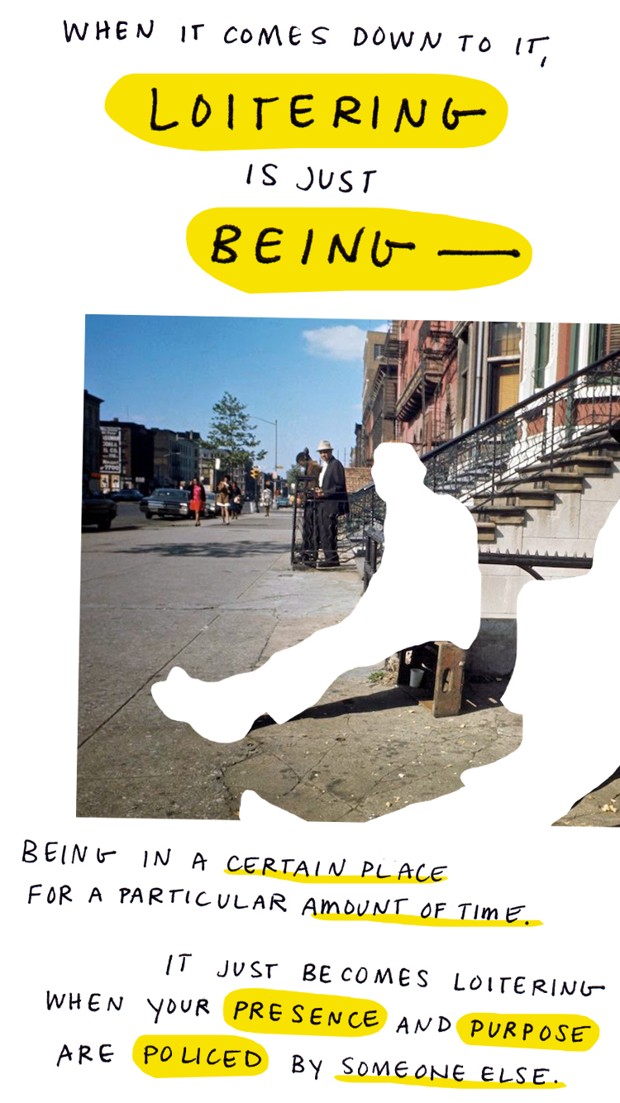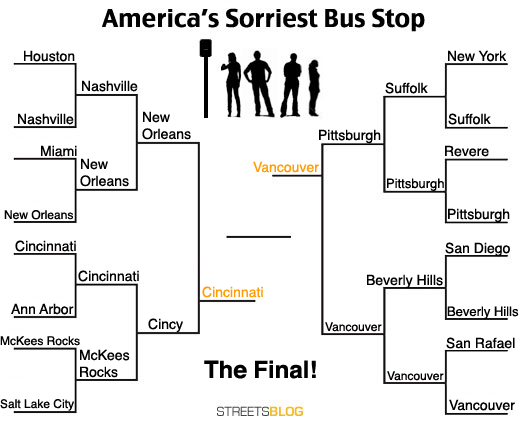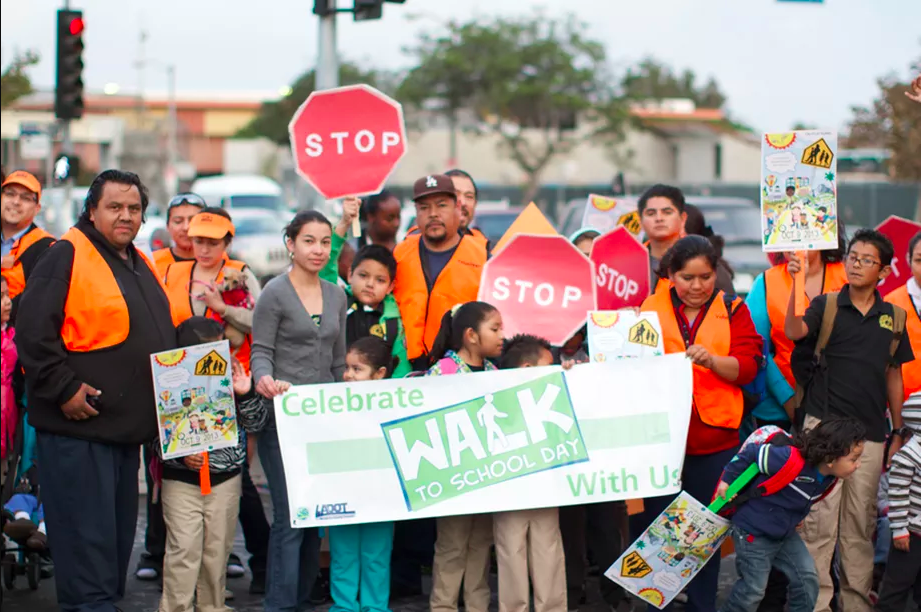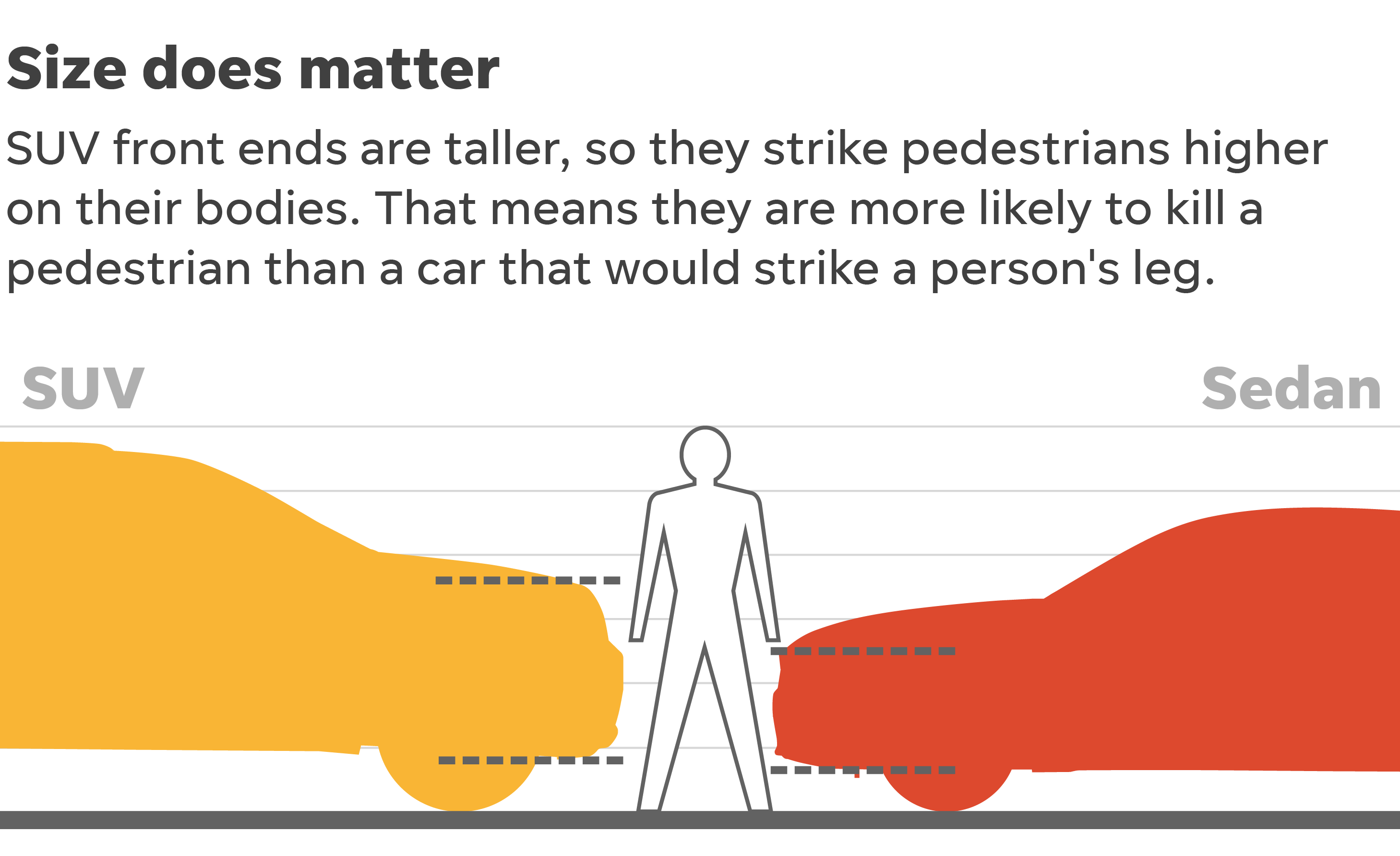
News
By Natasha Riveron, January 9, 2019
 This year, the Complete Streets team did lots of reading. Check out the Complete Streets related articles, books, and creative content that we loved in 2018. This is the first installment of Director’s Note, a new series giving you an inside look at what we are thinking about at the National Complete Streets Coalition.
This year, the Complete Streets team did lots of reading. Check out the Complete Streets related articles, books, and creative content that we loved in 2018. This is the first installment of Director’s Note, a new series giving you an inside look at what we are thinking about at the National Complete Streets Coalition.
I love lists. Not my own, (I haven’t brought a list to the grocery store since the early 2000s!), but other people’s lists. Best bicycle trails in Washington State. Best places to visit in Tennessee. Best books of 2018. So what better way to recap the year than by listing our favorite Complete Streets reads of 2018?
2018 was a great year for Complete Streets (check out this recap) and there was a lot of great reading on transportation, equity, and safety. The whole Complete Streets team shared their favorites below.
If you want more rankings, make sure to check out our flagship report, Dangerous by Design, being released on January 23. The report ranks states and metropolitan areas based on how dangerous they are for people walking. Tune in on January 24 for a webinar where we will discuss the findings.
—Emiko
1. Best investigative journalism (Emiko)
“Death on foot: America’s love of SUVs is killing pedestrians. America’s love for SUVs is killing pedestrians, and federal safety regulators have known for years.” by Eric D. Lawrence, Nathan Bomey, and Kristi Tanner (Detroit Free Press)
Our Twitter feed blew up this summer with “Death on Foot” from the Detroit Free Press. So much so we ended up hosting a webinar on the article. Why was it so popular?
This piece highlights how Sports Utility Vehicles (SUVs) are more likely to kill the pedestrians they hit—and that federal safety regulators aren’t doing anything about it. The article also affirms what we known from our own report—Dangerous by Design (coming out January 23)—that pedestrian deaths are rising and disproportionately affecting people of color. However, what I think makes this piece unique is that the authors don’t stop at the problem—they offer solutions to the safety issues by covering some of the known safety measures to stop pedestrian deaths. This includes, unsurprisingly, improvements in transportation infrastructure (#CompleteStreets).
“Federal safety regulators have known for years that SUVs, with their higher front-end profile, are at least twice as likely as cars to kill the walkers, joggers and children they hit, yet have done little to reduce deaths or publicize the danger.”
2. Best illustrated article (Natasha)
“What is loitering, really?” by Ariel Aberg-Riger (CityLab)
This beautifully illustrated article explores the idea of loitering and what makes it different than just “being in public space”. Spoiler alert: it’s all about whether others think you belong (read: white, cisgender, straight). While loitering laws were deemed unconstitutionally vague in 1972, there are more specific—but still dangerously vague—laws as well as informal policing that continues to target people of color, queer folks, and anyone who is deemed “out of place.” This article was an opportunity for me to examine my privilege and check my own biases about the ways people use public space and why I would question their right to do so.
3. Best long read (Mae)
The Color of Law by Richard Rothstein
Richard Rothstein’s The Color of Law was one of our Smart Growth America staff book club books last year and it’s an absolute must read. The book helps one better understanding how government policies, from local to federal, promoted and reinforced racial segregation in communities across the U.S. Yes, it’s long and will probably take you some time to finish reading. But it’s worth it. You can listen to Richard Rothstein discuss the The Color of Law here. Check your local library for a copy!
4. Best quiz-meets-article (Heather)
“Quiz: Are these writers complaining about modern-day scooters, or 19th-century velocipedes?” by Christopher Ingraham (Washington Post)
On a much lighter note, dockless scooters are among the latest crazes sweeping the realm of new mobility. Depending on where you live, you may even have noticed these electric scooters standing on a street corner near you. Whether you believe they’re the future of mobility or a dangerous fleeting fad, you have to admit they’ve made quite a splash since their recent debut and proliferation. This interactive quiz-meets-article is a fun and refreshing reminder that people tend to resist change, at least at first. It’s definitely worth taking a few moments to read and click through to reflect on how many of the critiques we are hearing, reading, and perhaps even saying ourselves about dockless scooters bear some remarkable similarities to the anti-bicycle rhetoric of the early 1900s.
5. Best series of articles (Natasha)
“‘Sorriest bus stops’ contest final pits Cincinnati vs. Vancouver,” by Angie Schmitt (StreetsBlog USA)
 This is the final article in a series that follows a bracket of reader-submitted, sorry-looking bus stops. I enjoy making brackets when I make decisions or when I’m learning about new things (example: I made a state flags bracket…anyone else have weird hobbies?) The fun and utility of brackets has to do with the opportunity to directly compare your options and playfully discuss the pros and cons. The really cool thing about this series is that it actually motivated cities to take action on some of the “sorry” bus stops. Who knew brackets could bring about infrastructure change?
This is the final article in a series that follows a bracket of reader-submitted, sorry-looking bus stops. I enjoy making brackets when I make decisions or when I’m learning about new things (example: I made a state flags bracket…anyone else have weird hobbies?) The fun and utility of brackets has to do with the opportunity to directly compare your options and playfully discuss the pros and cons. The really cool thing about this series is that it actually motivated cities to take action on some of the “sorry” bus stops. Who knew brackets could bring about infrastructure change?
6. Best opinion piece—and favorite title (Emiko)
“Road diet deniers akin to anti-vaxxers” by David Azevedo (Pasadena Star-News)
Ok, I admit that I first read this article for the title. But after a chuckle, I started to dig into this great opinion piece out from the Pasadena Complete Streets Coalition. It is hard on facts and high on persuasion. I loved this piece because the authors dig into how the fact shows that Complete Streets are better and safer for communities. But I love even more how they reframe road diets as “speed diets,” pointing out speed kills.
“Uninformed opinions, like the flu, can kill…Speed kills. If you argue against that, you’re arguing against physics.”
7. Best collection of short stories (Natasha)
Right of Way by Andrew Wingfield
This collection of short stories revolves around a neighborhood outside of Washington, DC that is going through gentrification and displacement. Since coming to the Coalition, I have been learning more and more about the intersection of community planning and the challenges of displacement, so reading these intimate, human stories was a refreshing complement to that. In the office, we are discussing the ways that we can adjust to preserve communities. I say “discussing” because this is something we don’t have an answer for, and it is going to be a continuing conversation in 2019 and beyond.
8. Most tweet-able article (Mae)
“Safe streets are the best tool we have to combat climate change” by Alissa Walker (Curbed)

Ever since this article was published in October 2018, I try to tweet it out from our twitter handle at least once a month because I think it perfectly highlights the intersection of transportation and climate change while urgently calling on elected leaders to take action. Climate change is an issue we all need to be thinking about (at the very least) every single day.
“The most effective solutions for reducing traffic deaths—walk-first planning, complete streets—are also essential tools for reducing emissions.”
Now it’s time (past time, actually) to start implementing those solutions.
9. Article that most changed how I think (Emiko)
“Changing our narrative about narrative: The infrastructure required for building narrative power,” by Rashad Robinson (Haas Institute)
In November, the Complete Streets team started a monthly seminar discussion on an chosen article. We kicked it off with Rashad Robinson, executive director of Color Of Change, essay on narrative change.
I first heard of this article at the Facing Race Conference in Detroit, MI. I’ve always believed in the power of storytelling and narrative to transmit culture, history, and power, so I couldn’t wait to dig it. In this essay, Robinson lays out a compelling case for how advocates should re-examine the idea of the narrative in our work. Robinson asserts that we must first understand narrative infrastructure (making our stories known to millions) and narrative power (the power to actually change narratives) to truly garner social change. She offers three ways to do this: 1) following through on narrative dispersion and immersion, 2) getting actual human beings to tell those narratives, and 3) investing in the power of brands. Moving forward, I’m looking forward to figuring out how to incorporate Robinson’s framework into the work of the Complete Streets team.
“We need to build new narrative infrastructure (as part of our overall movement infrastructure) in order to build narrative power (as part of building our overall movement power). Without narrative power, we are not going to change the rules of society—our society’s operating system—and shape society in the image of our values. Without taking a hard, serious look at what we are missing in terms of narrative infrastructure, we cannot truly say we are doing all we can do to fight for those values, and the people they represent.”
10. Article that most changed how we write and speak about our work (Heather)
“When covering car crashes, be careful not to blame the victim” by Meg Dalton (Columbia Journalism Review)
If you’re reading this blog post, I must presume you’re at least somewhat familiar with the crisis of traffic deaths we face, particularly among people walking. This deep-dive article in the Columbia Journalism Review looks back at historic trends in how we talk and write about traffic crashes, building off Angie Schmitt of Streetsblog’s fire spitting critique of prominent, victim-blaming media coverage. The article runs through many of the harmful and all too common decisions reporters make when writing about pedestrian deaths: blaming the victim, using passive verbs to absolve anyone of blame (barring of course, the person walking), removing the driver from the equation entirely, ignoring the very significant role that policy and infrastructure have to play in this crisis, and using language like “accident” instead of crash to minimize the problem. This issue took on a very personal significance for me in 2018 after I was hit by a car on my bike a distracted driver ran me down. See the difference?
.@schmangee: If you see a news report about a traffic fatality that blames the victim or makes other mistakes (https://t.co/LvneKrypji), reach out and tell them what they’re doing wrong, why it matters. They need to hear from you. pic.twitter.com/s9u50tG5Ip
— Smart Growth America (@SmartGrowthUSA) August 7, 2018
Related News

© 2025 Smart Growth America. All rights reserved
Site By3Lane Marketing













